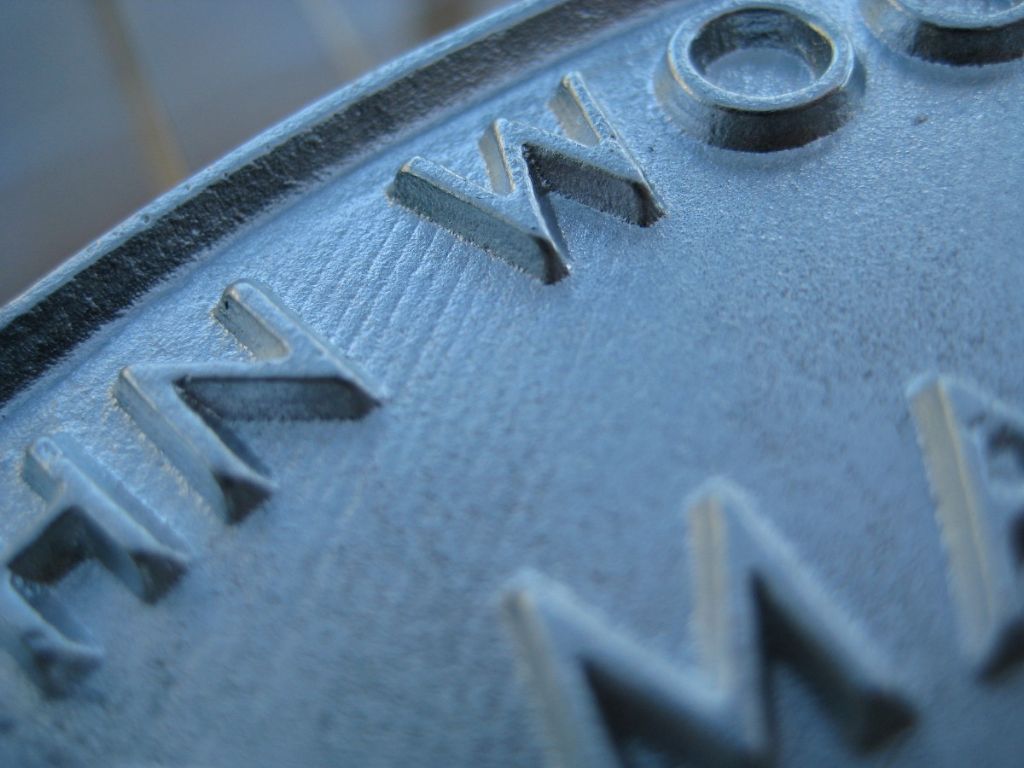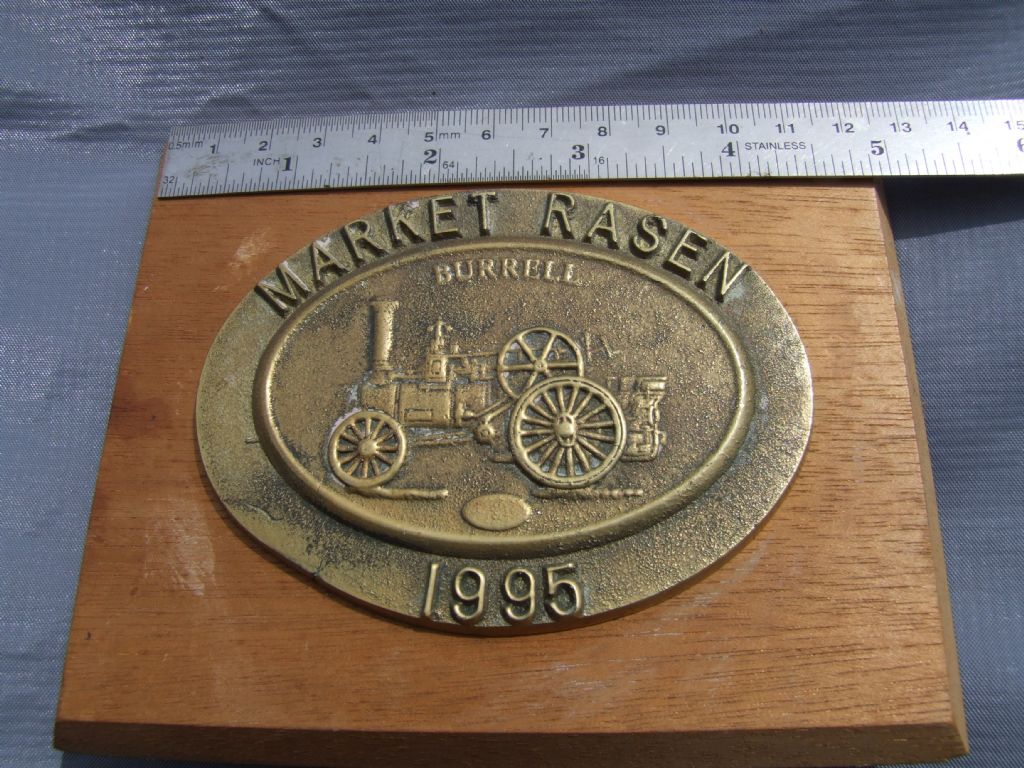These Foundry posts have really got going ! I started with about 100Kg of mansfield sand in 1995, I'm still using the same sand, I added nothing – but water ! It is stored in an air tight plastic bin and is ready for use at ANY time. Molds are broken open straight into the bin a little water added and it's ready for next time ! Parting powder to stop the sand sticking to the pattern, buy proper or use talc, perfumed or not to taste ! To administer make or for £3 buy the the proper bag. A flour sieve is good to put the faceing on, say 3/8"deep, then shovel half a box full and ram, a rammer can be almost anything, I use the handle of a 4Lb lump hammer. Then fill and ram above the sides of your mold box and strike off flat with any straight edge – hacksaw blate, steel rule, bit of wood Etc Once made the mold will last almost for even, I have an impellor mold I made about 10 years ago, not got round to casting it – yet. For those with welding gear the easy way to make mold boxes is to visit a scrapyard and buy a length, say 3' of LARGE box section, 100 x 100 x 6 upwards to say 500 x 150 x10 and slice into 2" or3" thick slices, weld on 10mm round bar handles and locating bosses for the pins, eg 20mm box 1" long, pins to fit and a T handle on top. The weight of the boxes is important as the metalastatic force of the molten metal will "float " the cope off with even small castings, even so added weight on the top of the cope WILL be needed I use lead ingot cause I have them ! COPE (worn over the shoulders) = TOP ! DRAG, (what we do with our feet ) = BOTTOM- simples ! ONLY POUR MOLDS ON A SAND FLOOR, or a sheet of dry timber NEVER NEVER on concrete, stone or gravel, ignore this simple point and you may findout what it's like to stand over a grenade when it explodes and the shrapnel may still be molten !!!!!
I will try to add a photo, the date shows it was made not long after I had started the foundry, and we would do steam rallies showing how a foundry worked even if only with simple work. Look at the detail ! Using the method described, a homemade furnace and tools and working almost literally "in the field " I would say that the only way you would get better detail is using the Lost Wax Process.
Some may say otherwise but for me using brass, and the only part I bought was a dip pyrometer, though even that was adapted to suit ! It tells me the temperature which I say is vital for non ferrous metals, cost – about £80, money well spent !
For those who say they couldn't do I say try, it's not rocket science, the Greeks and Romans did it without half the knowledge you have on tap here ! Good Luck, Noel.

Edited By noel shelley on 03/07/2022 12:50:32
Steve355.






